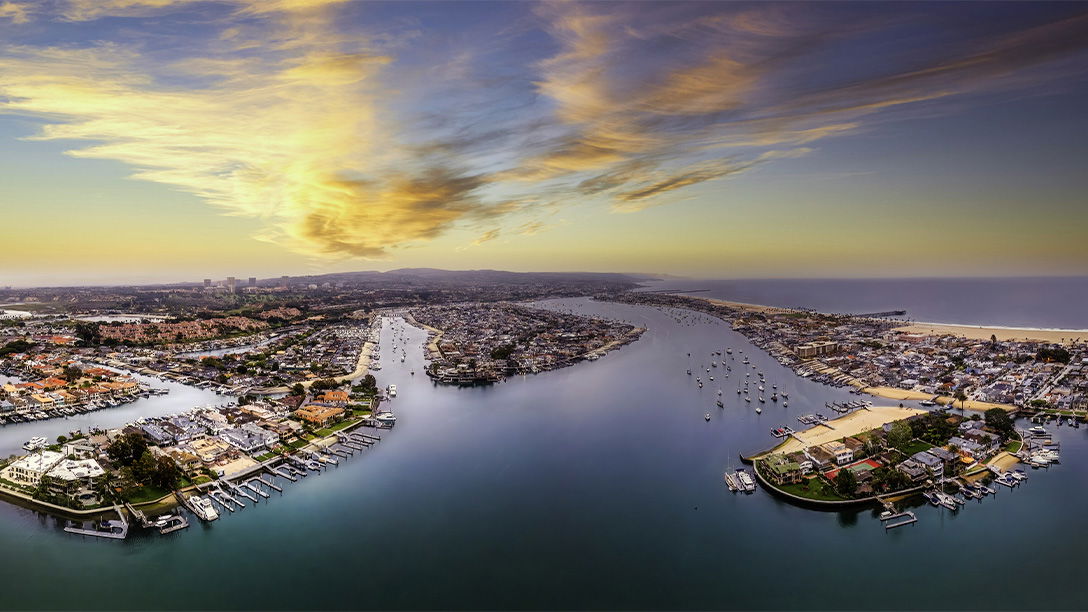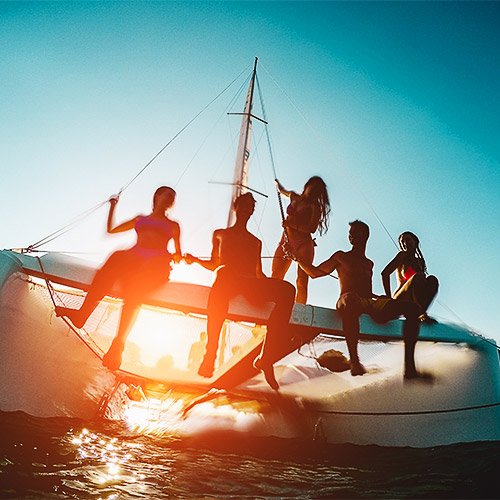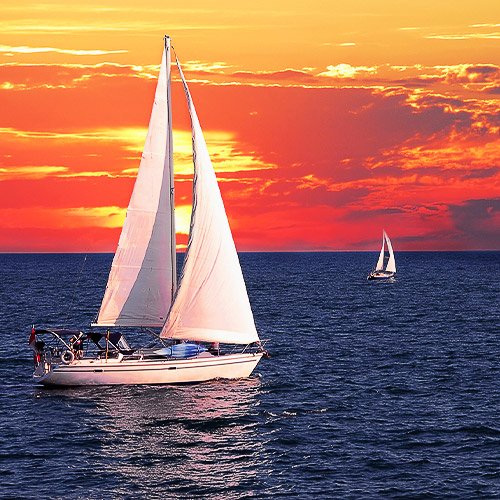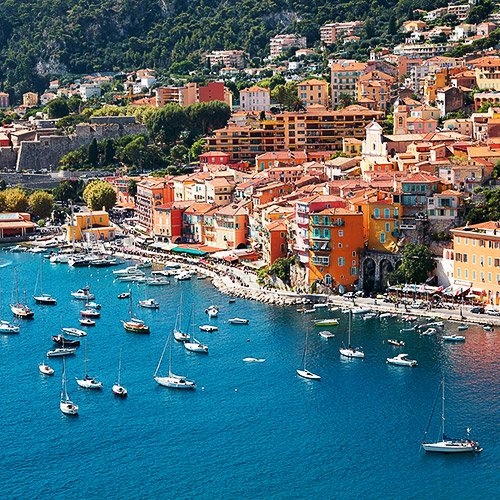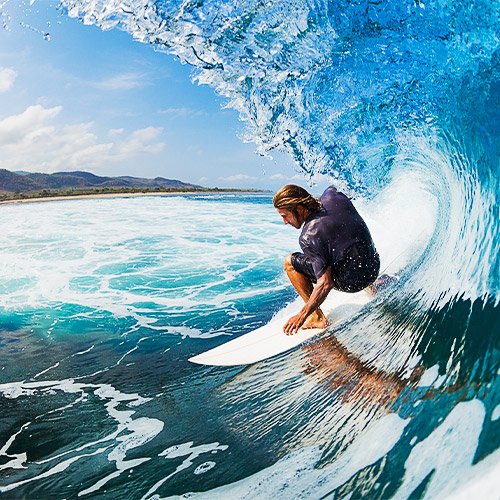Cruising around the world has captivated the human soul for centuries, combining the charm of investigation with the extreme test of continuance and self-sufficiency. For courageous spirits, it summons up pictures of exploring the wide open sea, going by far-flung corners of the world and living the basic life guided by Mother Nature. From amazing mariners who to begin with charted these waters to advanced travelers looking for a rest from the advanced world, the call of the open ocean is as ancient as time itself.
In this article, we'll explore through the history, arrangements, and elating encounters of sailing around the world. Whether you are a prepared mariner or a landlubber imagining of casting off the bowlines, connect us as we investigate what it takes to set out on this epic journey—and why it might fair be the most noteworthy enterprise of your life.
How Long Does It Take to Sail Around the World?
All things considered, a constant journey requires something like 100 days. Nonetheless, numerous mariners pick broadened trips that expand huge number of miles past the essential toward the east or toward the west courses close to the equator, which range around 15,000 to 25,000 marine miles. This choice takes into consideration investigation of numerous islands and expanses of land, impressively delaying the excursion.
Contingent upon the vessel's plan, estimation, and positive breeze conditions, cruising yachts regularly cover 100 to 150 nautical miles every day. On nonstop excursions, the excursion could require as long as 100 days, however cruisers frequently experience a slower speed, spreading their tasks across a while. This technique takes into consideration long visits at different ports and gives adequate chance to intensive investigation.
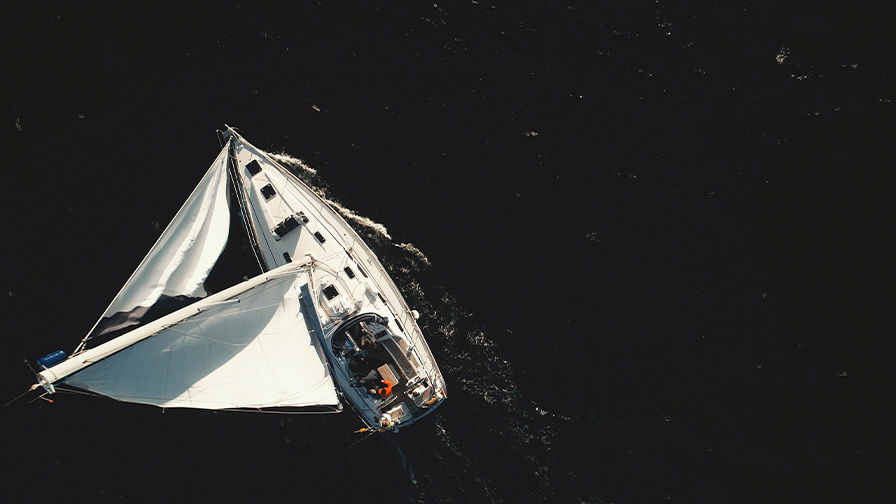
Sail Around the World
capetanos.comSince circumnavigators commonly plan their excursions to agree with great typical environment designs, there might be defers in certain areas. The term of the excursion is in still up in the air by and large by how much time spent looking at harbor remainders, social exploration, and event support.
Numerous sailors who stop to visit nations en route frequently require around three and a half months to finish their excursion. In the interim, different mariners broaden their circumnavigations past decade, appreciating an all the more relaxed pace and the opportunity to dig further into the way of life and conditions they experience.
Selecting the Ideal Sailboat
Picking the right boat includes thinking about various variables, from your spending plan to the quantity of individuals who will live on board. Despite the fact that there's nobody size-fits-all response, the most famous size range for boats is between 35 and 45 feet for different convincing reasons that we'll talk about. Obviously, it's actually plausible to circumnavigate the globe in vessels that are either bigger or more modest than this reach. Beside the rudiments like resting courses of action and living spaces, there are a few other significant contemplations. Each size class has its own arrangement of benefits and weaknesses.
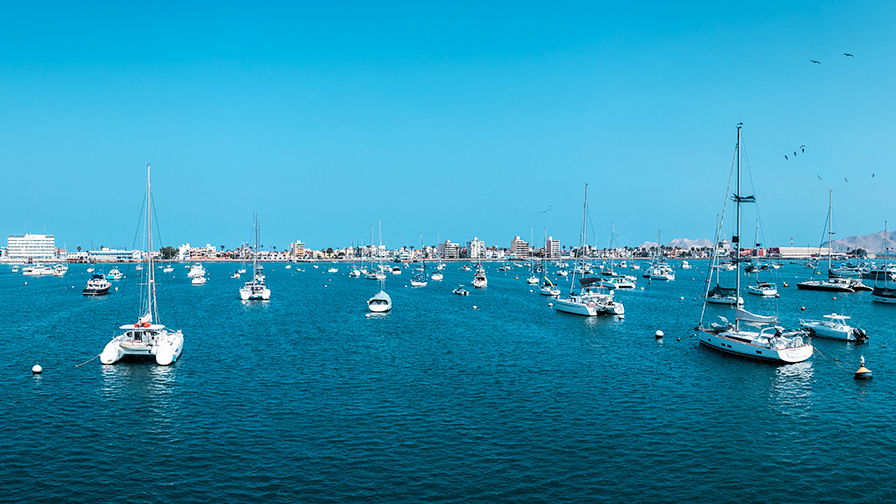
Selecting the Ideal Sailboat
capetanos.comFor example, more modest boats are by and large simpler to move, especially in the tight limits of a marina or while changing sails in changing weather patterns. They have less energy and lower sail loads, making them more reasonable by a couple of individuals in most cruising conditions.
On the other hand, bigger boats enjoy a huge benefit regarding speed. The speed of uprooting frames not entirely set in stone by the length of the waterline, with longer boats normally accomplishing higher greatest paces than their more limited partners.
The actual load of a boat likewise assumes a vital part in its dealing with and feel. Little boats are lighter, while huge boats, particularly monohulls, are a lot heavier. This distinction is promptly recognizable: a 200 pound man venturing onto a fifty-foot boat will scarcely have an effect, while a similar individual will make a thirty-footer discernibly tip and rock. Furthermore, a significant lead fall in bigger boats adds security and unbending nature, empowering them to explore through waves and stay steadier at anchor all the more easily.
Optimal Timing for Sailing Around the World
Choosing the most obvious opportunity to set out on an overall cruising experience relies upon various components, including the picked course, incidental environment assortments, and individual tendencies for weather conditions and social experiences. Comprehensive planning and mindful seeing of weather patterns are essential for a productive and lovely circumnavigation, with wary timing fundamental to ensure a safeguarded and pleasant section through varied conditions and oceanic conditions.
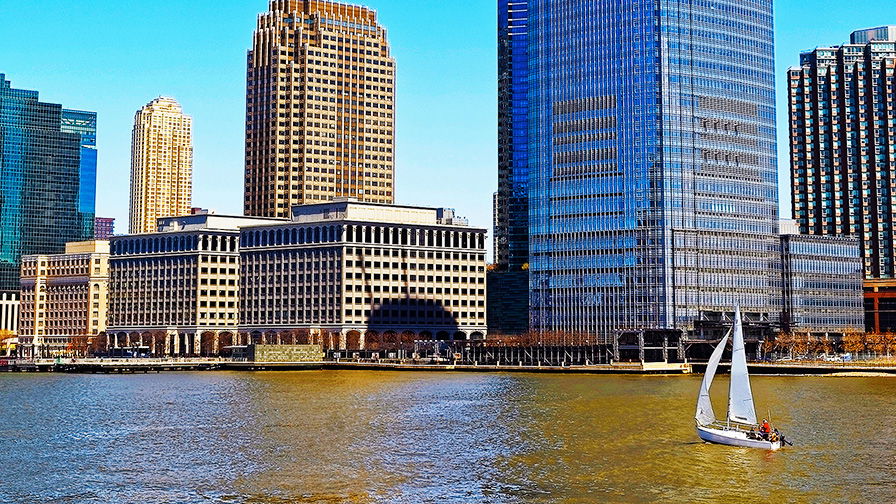
Optimal Timing for Sailing Around the World
capetanos.comKey timing is fundamental to avoid ordinary dangers, for instance, the Atlantic hurricane season from June to November and the tropical storm season in the South Pacific from November to April. Sailors investigating the significant Southern Ocean every now and again pick the Southern Portion of the globe's pre-summer, among December and February, to lessen the bet of encountering outrageous environment.
While cruising across the Pacific Ocean, it's fundamental to consider the impacts of El Niño and La Niña events, which through and through change atmospheric conditions. The inclined toward period for crossing the Pacific and Indian Oceans is consistently during the Southern Side of the equator's chilly climate months, from May to August.
For an Atlantic crossing, especially from the Caribbean to Europe, the ideal timing is before summer, when weather conditions will frequently be better for a smooth excursion. Timing a trip through the Indian Ocean and Southeast Asia incorporates dodging the rainstorm seasons, which integrate the upper east tempest from November to Spring and the southwest rainstorm from June to September. Here’s a more detailed guide to help you choose the best time to sail around the world: https://bluewatermiles.com/extras/sailing-seasons/.
World Sailing Routes
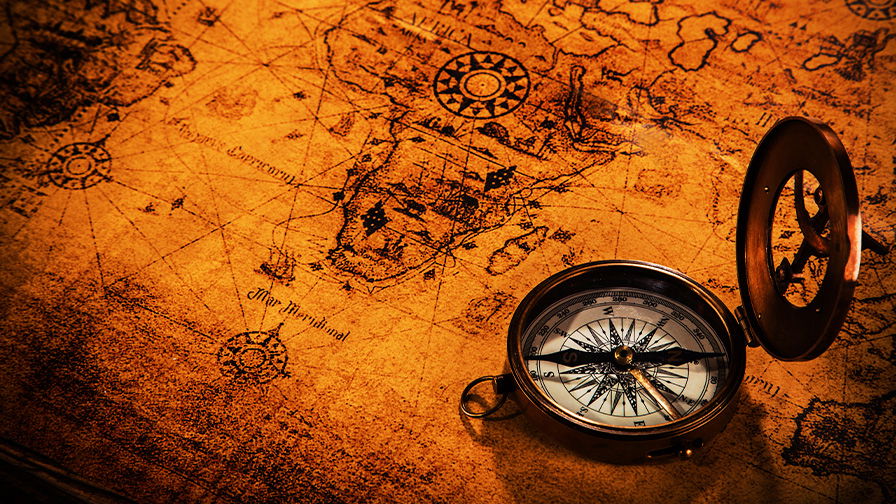
World Sailing Routes
capetanos.comThere are a few deeply grounded courses for cruising all over the planet. Picking the correct way for a worldwide circumnavigation is essential and relies upon factors like winning breezes, sea flows, and occasional weather patterns. Here are a portion of the courses you should seriously mull over:
1. The Eastward Route
Cruising toward the east, this course contradicts the World's turn, from west to east. Mariners on this way follow the predominant westerly breezes known as the "Thundering Forties" and "Angry Fifties" in the Southern Side of the equator. This excursion is set apart by testing weather patterns, areas of strength for including and high oceans, as it goes through the Southern Ocean and around the Cape of Good Expectation prior to handling the extensive Pacific Ocean.
2. The Westward Route
In contrast, the westward route aligns with the Earth’s rotation, moving from east to west. This path capitalizes on the trade winds in both the Atlantic and Pacific Oceans. Those sailing westward generally round the Cape of Good Hope, cross the Indian Ocean, and may opt to pass through the Panama Canal, enjoying a somewhat more favorable wind pattern.
3. The Classic Circumnavigation
Starting typically in Europe, this traditional route crosses the Atlantic Ocean to the Caribbean via the Canary Islands. From there, sailors continue through the Panama Canal into the Pacific Ocean. The voyage usually progresses in an eastward direction, encapsulating a blend of both challenging and favorable sailing conditions.
Each route offers unique experiences and challenges, tailored to different levels of expertise and adventure preferences. Sailors must consider these aspects carefully to choose the route that best fits their circumnavigation goals.
Essential Items to Bring for a Global Sailing Trip
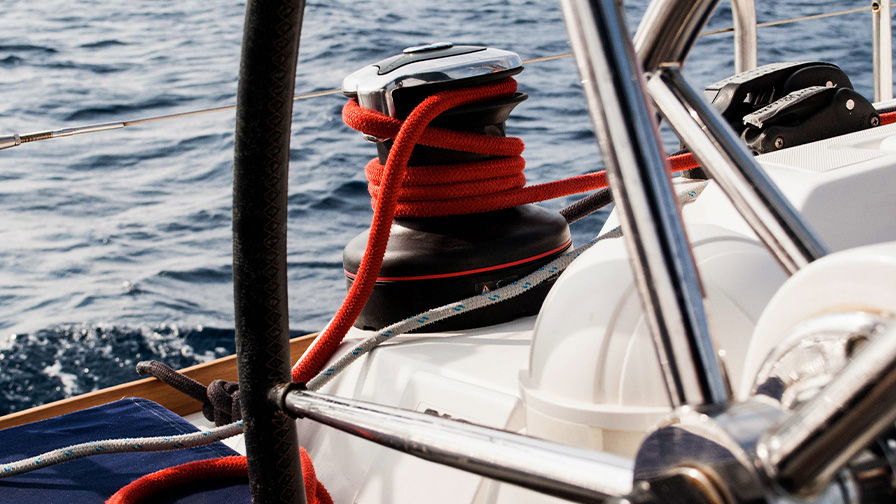
Essential Items
capetanos.comWhile planning for a circumnavigation, there's something else to consider besides loading up on arrangements and guaranteeing security gear is ready. It's significant to focus on essential documentation, clinical supplies, and social mindfulness. Ensure your passport is current and that you've gotten all essential travel visas for the countries you intend to visit. Staying updated with required vaccinations and having an adequate supply of any prescription medications is essential.
Financial planning is key for a successful journey. Develop a realistic budget that accounts for every single likely cost, and incorporate a possibility asset of 5-20% for startling expenses. It's vital to expect these additional costs as opposed to depending on a rough estimate. While planning, expect to keep up with your ongoing way of life to partake in the experience without undue financial stress.
If you're not well-versed in boat maintenance, consider allocating a critical part of your financial plan for professional marine services. Regular servicing of engines, generators, and outboards is recommended every six months. Additionally, systems such as electrical and plumbing on a boat require ongoing maintenance to ensure everything operates smoothly as you navigate around the world.
Overcoming Challenges While Sailing Around the World
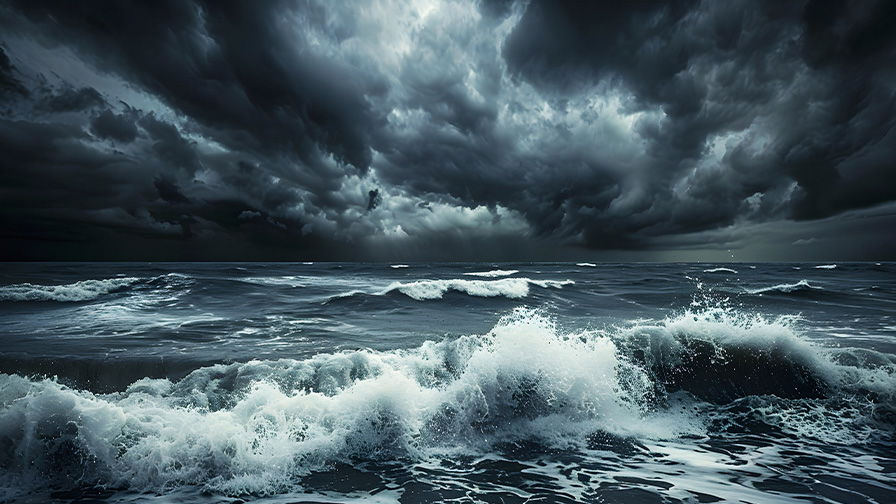
Overcoming Challenges While Sailing
capetanos.comCircumnavigating the globe is far less stressful when not bound by a strict timeline. It’s beneficial to maintain a flexible schedule, allowing you to adapt to unforeseen circumstances and truly enjoy the journey. The extensive time away from home poses a significant challenge, as it can strain relationships with family and friends and often leads to feelings of loneliness and isolation. Sailors must adapt to a constantly changing social landscape, which is usually limited to fleeting interactions at ports or sporadic communications via satellite.
Financial independence is crucial unless you find ways to generate income during your voyage. For many, this means years of saving or waiting until retirement to begin their sailing adventure. Alternatively, you can periodically dock your boat at a marina and return home to work, which suits those with seasonal occupations like scuba diving or ski instructing. Additionally, many younger sailors choose to work online, taking advantage of remote work opportunities that only require a reliable internet connection, allowing them to earn while exploring the seas.
Navigating Experience and Safety on a Global Sailing Adventure
Setting out on a journey to cruise all over the planet requests a feeling of experience, yet a strong underpinning of cruising abilities and information. While there are no strict requirements for sailing experience to start such an ambitious voyage, having a balanced arrangement of maritime skills is fundamental for guaranteeing safety and comfort while in the midst of the ocean's vast expanses. The journey to becoming capable enough to deal with a circumnavigation relies essentially upon the recurrence of your cruising practice and your ability for learning and acquiring trust in different oceanic circumstances.
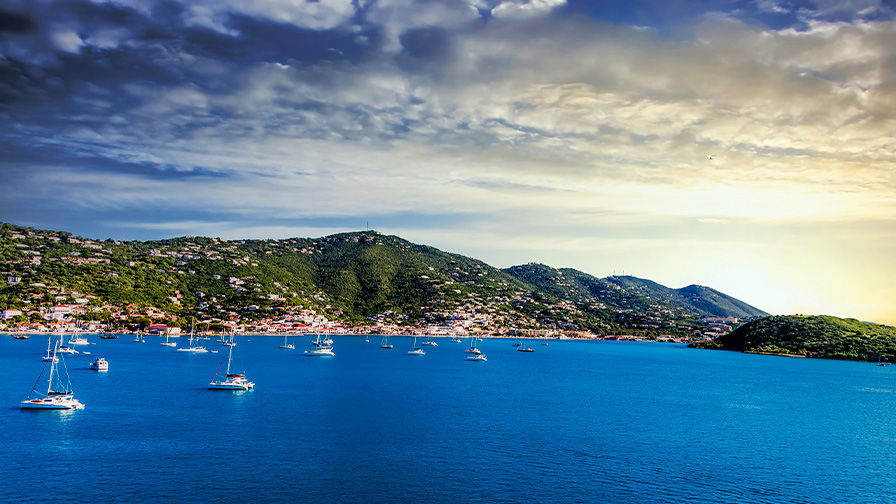
Navigating Experience and Safety
capetanos.comTo be genuinely ready, it's ideal to have accumulated a varied set of sailing experiences. This ought to include captaining multiple offshore passages where you're responsible for navigating and managing the vessel, spending extended periods solo sailing to build self-reliance, participating as crew on transoceanic voyages to understand the dynamics of long-term life at sea, sailing under challenging weather conditions to test your skills and equipment, troubleshooting and repairing gear while underway, and mastering the art of anchoring securely in various environments.
Concerning wellbeing, cruising is an intrinsically protected method for investigating the world when directed with reasonability and cautious preparation. Viable gamble the board includes picking the most appropriate weather patterns for movement, staying away from regions with realized security concerns, connecting deferentially with nearby networks and different sailors, and going to safeguard lengths against potential dangers like boat robberies. While there are districts, prominently a few pieces of the Caribbean and Venezuela, where occurrences of wrongdoing and savagery against mariners are more predominant, these regions are by and large the special case as opposed to the standard. With the right safety measures, most regions of the planet are amazingly secure for yachts, especially when very much moored away from shore.
In sum, the dream of sailing around the world is attainable with the right mix of preparation, experience, and cautious navigation. It requires a commitment to learning and ceaseless improvement, as well as a cautious way to deal with wellbeing and safety efforts on the vast oceans.
Frequently Asked Questions
- What are the common legal and administrative preparations needed before setting sail?
Before sailing around the world, ensure your boat is registered, obtain necessary visas, secure comprehensive marine insurance, update vaccinations, and familiarize yourself with emergency protocols for a safe journey.
- Should I take my pet with me while sailing around the world?
Taking pets on a global sailing trip involves risks like limited access to veterinary care and the stress of a constantly shifting environment, making thorough preparation essential for their safety and comfort.
